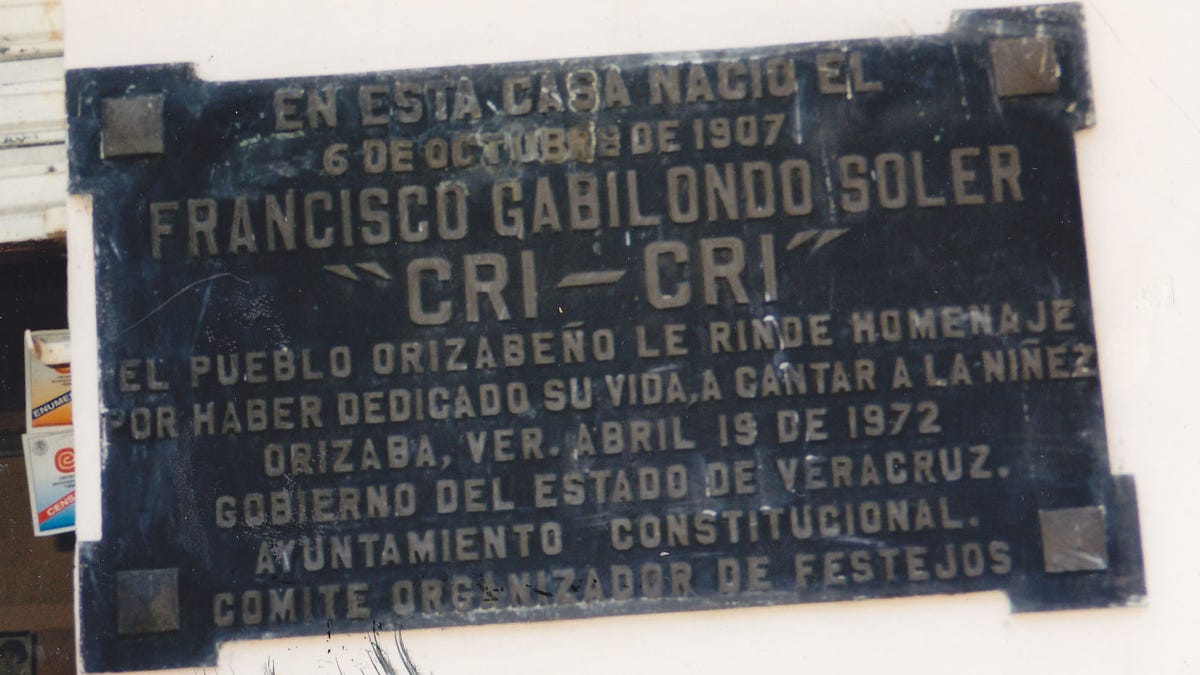
Sitting in my son's professional kitchen cleaning beans took me back to my parents’ ranch in Chihuahua, where one of the kids’ few daily duties was to clean a blue speckled shallow bandeja of beans. We would gladly do it if one of the young maids would brush our hair one hundred times. Then they’d systematically go down our scalp, row by row, to look for lice; we called it hacer piojito. Of course we didn't have any lice, but we loved having someone play with our hair.
A bout of nostalgia hit me because my kids and their children will never experience sitting under that particular weeping willow, looking out to a rock formation that I had baptized Trono del Rey, way up high on the tallest mountain on our property. They’ll probably never have anyone to do piojito on them.
So I thought I'd really get sentimental and put on my earphones to play one of my favorite Cri-Crí songs, “El Ropero.” If you don't know who Cri-Crí is, you are not alone. But if you have never heard “El Ropero,” “El Chorrito,” or “El Comal y la Olla” you have seriously missed one of the greatest pleasures enjoyed by generations of Mexican children. Sitting in a hotel cafe-bar in the most unattractive town in Veracruz, Poza Rica, a large group of people suddenly started singing every Cri-Crí song I knew. I joined in and cried.
Okay so who is Cri-Crí? He was Francisco Gabilondo Soler, a distant relative, the son of the son of my great-great-grandfather's brother. Gabilondo Soler composed hundreds of whimsical and evocative children's songs, and became so famous for his creation of Cri-Crí the singing cricket that he was called Cri-Crí, too. There is a park dedicated to him even in the smallest village in Mexico.
My children weren't really interested in Cri-Crí and sadly, many of the young Mexican children and teens in the United States now won’t be, either, because their Spanish is not good enough to understand the nuances or the scenes evoked by his songs. Consider: "Ahí va la hormiga con su paraguas/ y recogiendose las enaguas/ porque el chorrito la salpicó y sus chapitas le despintó.” It's not easy to translate, but it’s something like: "There goes the ant with her umbrella, holding up her skirt in a malhumored way because the fountain sprinkled her and her rouge has gotten smudged."
Unfortunately, the family that owns the copyright doesn't seem to be very savvy about marketing. But some YouTube videos are starting to pop up, so at least my granddaughter Violeta is enjoying them in that format. The best idea, though, is to create the images your head so the songs will always be who and what you want them to be.
Follow us on twitter.com/foxnewslatino
Like us at facebook.com/foxnewslatino




















